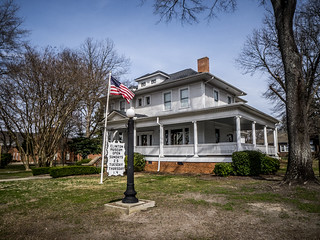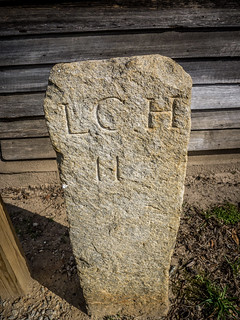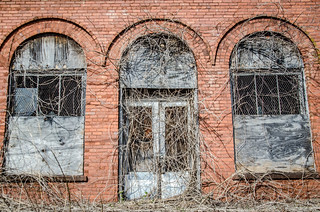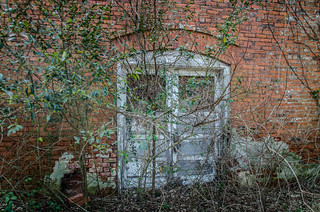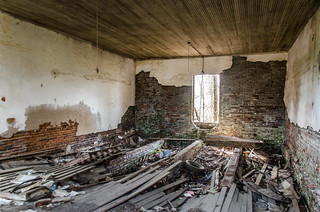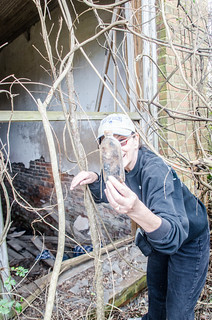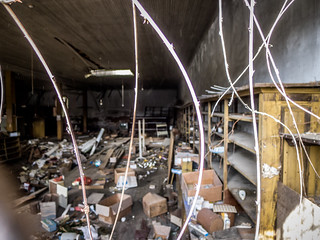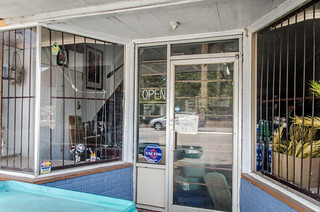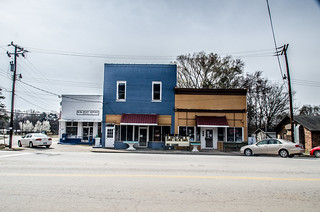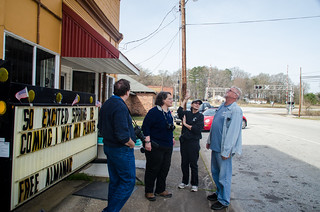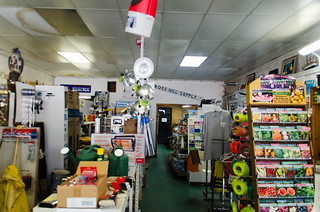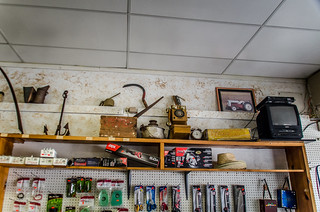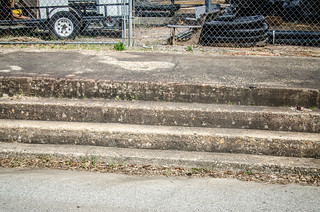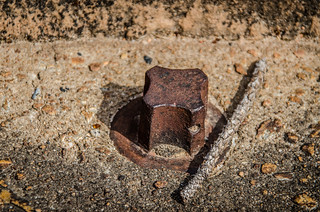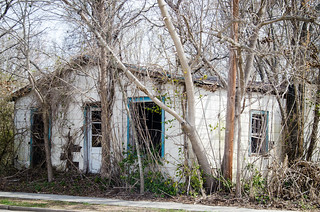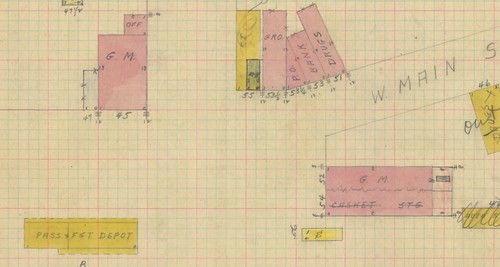
Saturday morning I joined several folks from the Laurens County Museum and the Clinton Museum for a trek across lower Laurens County. Our route would take us through the communities of Cross Hill and Mountville. Both museums have recently received grants to develop tours of the area, and our intent was to find and document locations that might be included.
On this day the trek party would consist of Mary Ellen Lives and Julius Bolt from the Laurens County Museum and Elaine Thorpe from the Clinton Museum. Sean Green from Pickens would serve as the official photographer. I was tagging along to add my expertise in GIS/mapping and media development. I would be taking photos, too, but mainly I was just thrilled to be included, and looking forward to gaining access to some locations I’d not been able to visit.
We gathered at the Clinton Museum, located in an old house on North Broad Street just north of the town square. Sean was already waiting for us. Sean is another one of those folks I’ve known online for a long time, but had never met in person. His Flickr stream came to my attention when he was finding some interesting abandoned places, some of which led to ghost towns that I’ve documented. He also has an extensive collection of contra dancing photos. Laura and I used to dance all the time, and now Sean is documenting those dances.
Soon we were joined by Mary Ellen, Julius, and Elaine. I had already met these folks, and we had met a few weeks back for an initial discussion about how they wanted to create maps for the tours. The initial tours would be walking tours because the grant was for health-related activities. Today we were looking at areas we might want to include if we were to develop driving tours as well.
Elaine gave us a quick tour of the Clinton Museum. There were several artifacts outside, including an old outbuilding and a mile marker for the Laurens County Courthouse.
Inside the rooms were set up with several displays. There were uniforms and weapons, as well as other artifacts. One room had a wonderful model train display. One item that really caught my eye was an old map of Renno, of of the ghost towns on my list.
They have an excellent collection, and I’d love to come back and spend more time. However, we had places to be.
Cross Hill
We loaded up into two vehicles and drove pretty much directly to the town of Cross Hill. As we approached the center of town, traffic was backed up as a rather long train was passing. The train was loaded with M1 Abrams tanks. I was able to catch a quick shot of the tail end of the tanks when we pulled in to park.
We pulled up in front of Leaman Brothers Store. I had just been here a couple of weeks ago with Keith, so I knew I’d have some of the exact same photographs that I took on that trip. That time we were in route to Chappells, so we didn’t linger long. This time we would be doing a more thorough exploration of the town.
This time we walked around and explored a bit further. On the side of the building there was a bit of filth, and one door opened into a back room with collapsed flooring. Mary Ellen found one old bottle. She took it around to Julius, who is the bottle expert, but I didn’t hear his assessment of it.
As we were exploring, a man in a pickup drove by and asked what we were doing. When he found out we were on official business with the museum he was willing to give lots of information about the town, explaining that there had been many more buildings in the area.
I made may way back to the front of the building and tried to get a couple of shots of the interior through broken glass panes. There was nothing but a jumbled mess. As far as I could tell, the Leaman Brothers building was now serving no purpose, even for storage.
We walked across the tracks to what is now the main commerce section of town. This basically consists of Cross Hill Supply, which is a hardware store, the post office, a telephone exchange location, and a masonic lodge. Not much is left of the once thriving town.
We loved the hand-lettered sign above the post office. There was also a phantom sign for the South Carolina Presbytery office, located above one of the businesses.
There are two facades on the remaining storefronts, which makes it look like there are two stores. The taller blue building was once a grocery store, with the Presbytery offices above, and the store on the right was a hardware store.
Now the two buildings are connected and it’s all one hardware store, Cross Hill Supply. We went inside and talked to the proprietors, Corey and Debbie Rogers. Corey was able to give us some more information about the town. Debbie had in her possession a hand-written record of all of the businesses in town and who owned them. Even though they were busy and had several customers come in while we were there, they graciously made a copy and gave to Elaine for the museum.
We could see the remains of steps across the road, as if there had been buildings there. Corey now uses the lot for materials that won’t fit into the hardware store. We crossed to take a closer look.
Corey had said that there was a cotton gin on the other corner, and that the white building had been a mortuary. The gin was long gone, but the white building was interesting. All of the doors and windows were ringed with “haint blue”, which I guess would be appropriate for a mortuary.
When I got back home I did check the Sanborn Insurance Map for Cross Hill. This maps shows that in 1928 there were many, many more buildings in the area. The map, however, does show that some of those across the street had burned, even at that time.
Back at the car Julius told us that this was a center for medical practice. There were five doctors in town, and these would prep and refer patients to a hospital in Chester. Transportation was by railroad. He also told us that there was a time capsule buried somewhere at the base of the Confederate Monument.
Julius said that the original intent was that the time capsule should be opened in 100 years. That time has long passed, but the United Daughters of the Confederacy, who placed the monument, have denied any request to open the capsule. Julius said that the museum has a record of what was placed in the time capsule, but he just wants to follow the intent of those that originally placed it.
Across from the monument is an open area that used to have even more storefronts. According to the Sanborn Map there was a grocery store, post office, bank, and drug store. None of this remains.
Even though Cross Hill is a shadow of the town it once was, and even though it’s rife with abandoned buildings, I haven’t added it to my list of ghost towns. The Rogers still have a viable business going with their hardware store, and there is even a bed and breakfast in a restored home just up the street, as well as an active cafe. For those reasons there is still plenty of life in the town to keep it off my list.
We still had much, much more to see and do. Coming up in the next parts we visit and old school and an old church, and visit a true ghost town.
